Description
The float needle valve ensures a regulated fuel supply to the carburettor. It is controlled by the carburetor float. Above a certain level, defined by the carburetor manufacturer, the float needle seals the inlet hole of the needle valve seat. The rubberized cone tip of the needle ensures this. If the float level drops, the float needle opens an annular gap and the fuel can run on again. How large this annular gap is, has a decisive influence on the filling speed of the float chamber.
If the needle valve is too small, the fuel supply may no longer be sufficient under full load. If the valve is too large, the engine can be flooded with gasoline, resulting in increased fuel consumption, poor running characteristics and other unsightly results.
Float needle valve size
The optimal size of the float needle valve is primarily determined by the main nozzle used. A rule of thumb is that the float needle valve should be approximately 30% larger than the main nozzle. An engine with a main jet requirement of 130 thus requires a float needle valve in the order of ~170.
- special cases
– Vespa
The 30% recommendation only applies to carburettors that receive drop fuel, i.e. where the tank is higher than the carburettor, such as Lambretta.
When used on vehicles where the carburettor is almost at the same level as the fuel level in the tank, the float needle valve can also be selected up to 50% larger than the main jet. This is the case on all large frame Vespa like the PX, Sprint, Rally and many other older models. Due to the very small difference in height between the two communicating systems, a larger than usual float needle valve helps to ensure a permanent sufficient fuel supply.
An engine with a main jet requirement of 130 requires with the 50% rule applied here thus a float needle valve in the order of ~200.
– fuel pump
If a fuel pump is installed, the float needle valve can be selected smaller than usual. The pump pressure ensures sufficient filling. In addition, a branch with return flow into the fuel line before the carburettor should be installed. This prevents the excess petrol from being pressed into the carburettor against the float pressure.
AI-translation

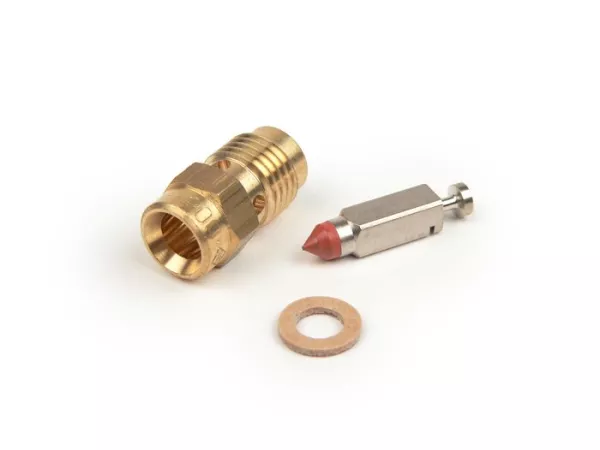

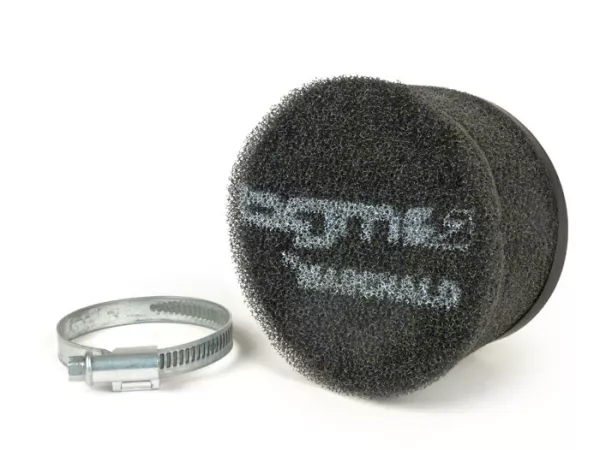
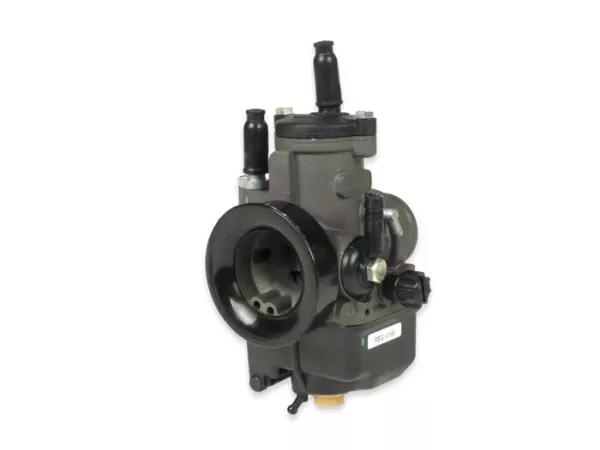
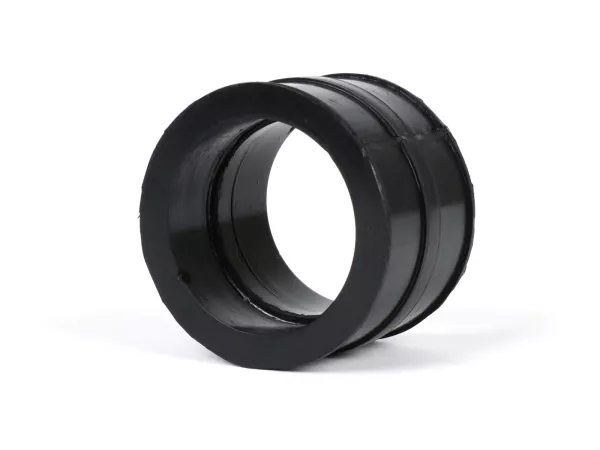
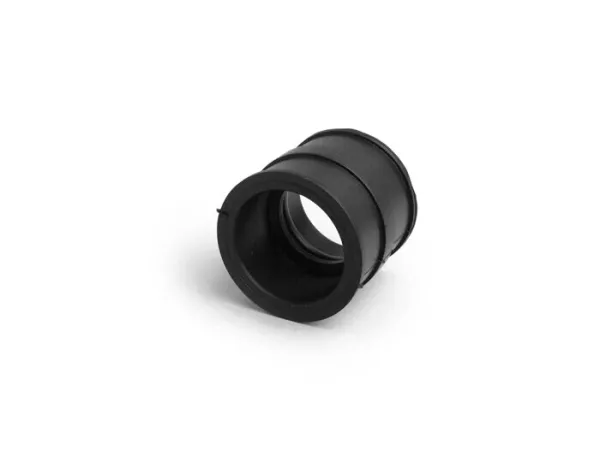
Reviews
There are no reviews yet.